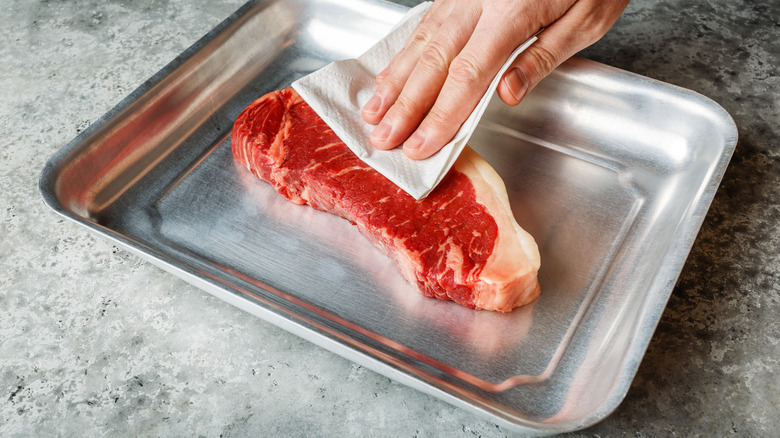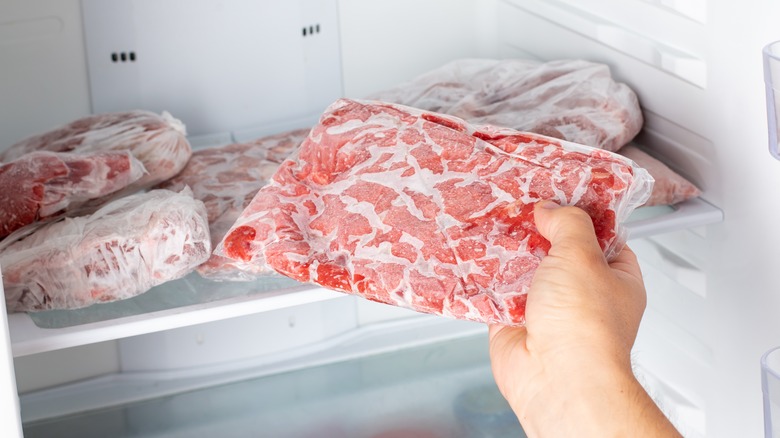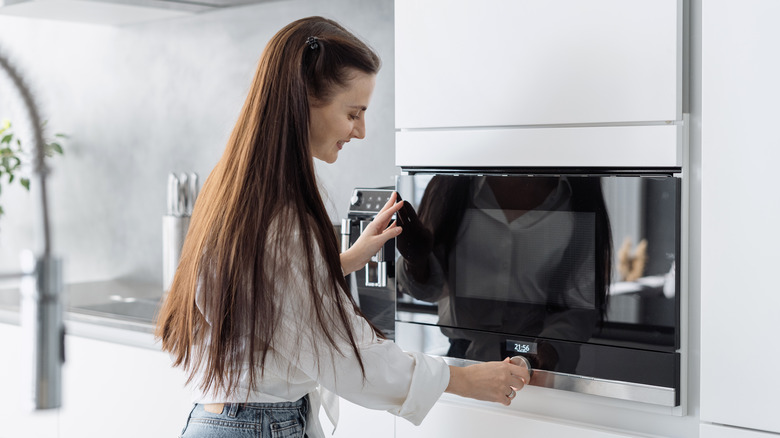The Science Behind How Defrosting Trays Work
Defrosting is a major part of the cooking process, especially when it comes to meat. And while there are some foods you can cook straight from the freezer, a handy gadget called a defrosting tray promises to expedite the process and get your completed meal to the dinner table in no time at all. Defrosting trays are small rectangular boards you can place on your kitchen counter. They're designed to quickly thaw different types of meat thanks to their ability to efficiently conduct heat. That means that heat moves from one section of the board to another at a rapid pace, which helps with the defrosting process.
Most defrosting trays can thaw a piece of meat in one hour or less, although the time required can depend on the brand of tray you use. It also depends on the size of the meat you're defrosting, as well as how hot the thawing tray is prior to you using it. For instance, some manufacturers recommend placing the tray under a stream of hot water for a faster thaw time. Regardless of the brand, all defrosting trays consist of materials that offer a high rate of thermal conductivity.
It's all about the material
Most defrosting trays are frequently made of aluminum or copper. That's because these metals are known for their heat conductivity, meaning they distribute and release heat freely, as opposed to retaining it within the material. This is not the case with something like cast-iron cookware, such as cast-iron skillets, which will remain hot for much longer than aluminum or copper cooking implements would, even after you cease applying heat to them.
Conversely, consider what happens when you expose a thawing tray to room temperatures. The temperature of the tray quickly increases to match the ambient temperature of a room while also dispersing heat to any meat resting on it. In theory, the tray should facilitate faster thawing of meat, more so than simply leaving meat to rest at room temperature without the assistance of the tray. Keep in mind that the size and thickness of the meat can play a role in the outcome and potential food safety issues.
Are defrosting trays actually safe?
The USDA recommends three methods when you want to thaw food safely. If you want to defrost something quickly, the microwave is a good choice, provided you finish cooking the food soon after you thaw it. Placing food inside a sealed bag and submerging the bag in cold water is another effective method, although it can take three hours or longer. Placing frozen food in the refrigerator overnight is also acceptable from a food safety perspective.
Thawing trays can pose some safety issues, however, if the food is exposed to room temperatures for more than two hours. In the event you're defrosting an especially thick cut of meat, a thawing tray may place your food within the "danger zone," meaning that the food will be exposed for too long to temperatures ranging between 40 and 140 degrees Fahrenheit without cooking.
In this case, the risk of foodborne illness increases, which can cause pretty serious effects in people. If you're concerned about food safety risks, it may be best to avoid defrosting trays and instead stick with safe defrosting methods when preparing dinner for yourself and your loved ones.


